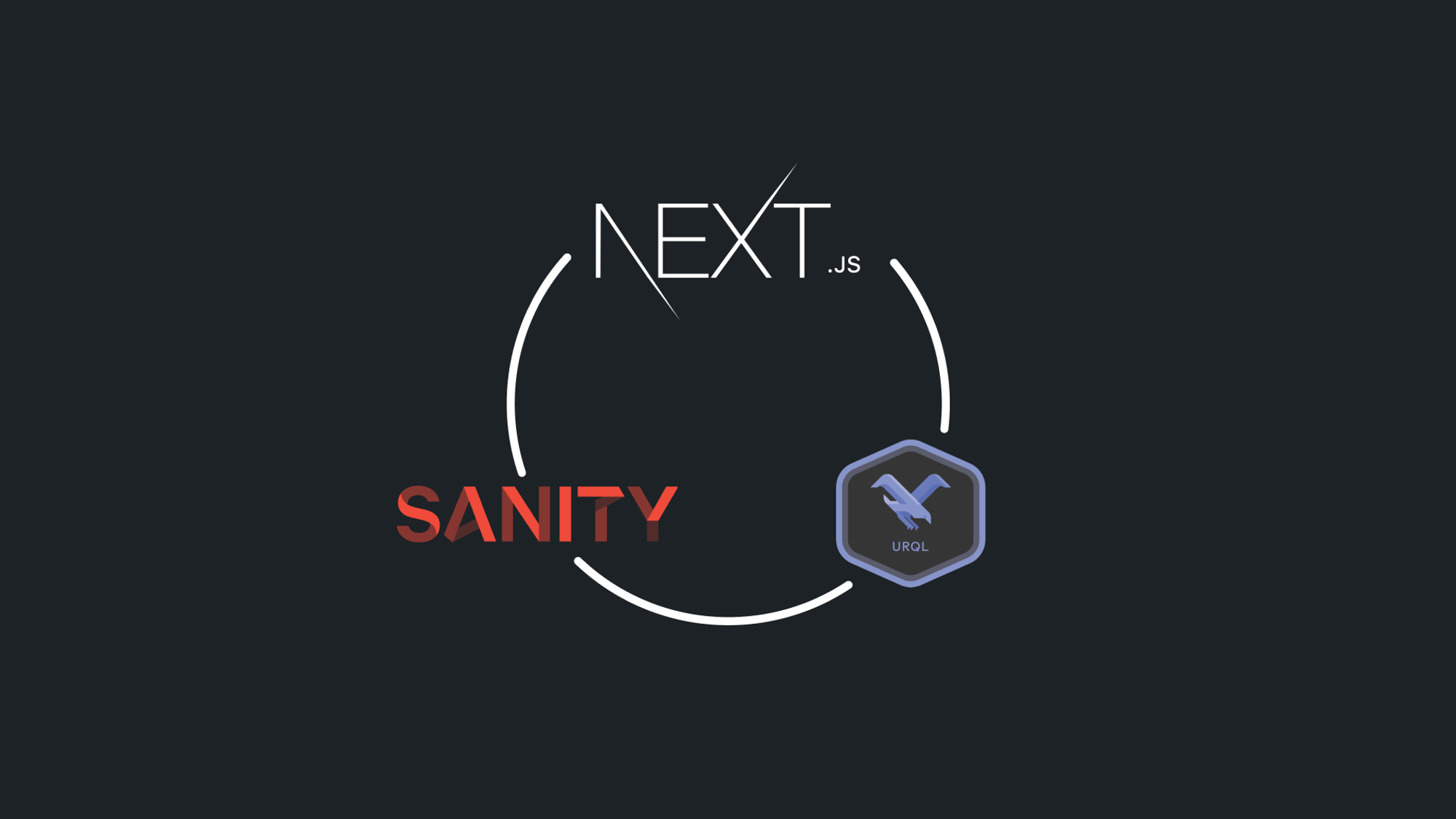Installing dependencies
Install the following
URQL dependencies
yarn add next-urql react-is urql graphql
OR
npm install --save next-urql react-is urql graphql
GraphQL dependencies
yarn add graphql graphql-tag
Intialising URQL provider
Now we have our packages installed we have to connect to our API with URQL and allow our app context of the provider.
To do so we initialise the URQL provider at the base of the apps render cycle
./pages/_app.tsx which wraps around all componentsimport { cacheExchange, dedupExchange, fetchExchange } from "urql"; import type { AppProps } from "next/app"; import { withUrqlClient } from "next-urql"; const App = ({ Component, pageProps }: AppProps) => { return <Component {...pageProps} />; } export default withUrqlClient( (ssrExchange) => ({ url: `https://${process.env.SANITY_SPACE_ID}.api.sanity.io/v1/graphql/dev/default`, fetchOptions: () => { const token = process.env.SANITY_API_KEY; return { headers: { Authorization: token ? `Bearer ${token}` : "" }, }; }, exchanges: [dedupExchange, cacheExchange, ssrExchange, fetchExchange], }), { ssr: true } )(App);
Note this is using the
dev dataset
Also you will have to set SANITY_SPACE_ID & SANITY_API_KEY in your .env fileSome points to also note on the client initialisation
- It is fetching data server side as
{ ssr: true }this is due to it requiring the environment varibles only available server side. If you want your Urql client side then the API must be public or have a client side method of authentication.
- You can change the
urlparam to any API of your choosing, for this tutorial however make sure it is a graphQL endpoint
Setting up GraphQL Queries
Now that we have set up Urql you may be itching to write queries but we need to quickly do some config so typescript understands how to handle
.graphql filesIn your base directory of you project create a file
graphql.d.ts with the following contentdeclare module "*.graphql" { import { DocumentNode } from "graphql"; const Schema: DocumentNode; export = Schema; }
We also need to add the following to our
next.config.js file/** @type {import('next').NextConfig} */ module.exports = { reactStrictMode: true, // other config // ONLY CODE BELOW REQUIRED ----------- webpack: (config) => { config.module.rules.push({ test: /\.(graphql|gql)$/, exclude: /node_modules/, loader: 'graphql-tag/loader', }); return config; }, webpackDevMiddleware: (config) => { return config; }, // ------------------------------------- }
Extra! GraphQL Schema Generation
install the following deps
npm i @graphql-codegen/cli @graphql-codegen/typescript @graphql-codegen/typescript-operations @graphql-codegen/typescript-react-query
Caching FTW!
install caching for urql with the following
npm install --save @urql/exchange-graphcache
Then simply add the following code to your client provider initialiser.
import { createClient, dedupExchange, fetchExchange } from 'urql'; import { cacheExchange } from '@urql/exchange-graphcache'; // ./pages/_app.tsx export default withUrqlClient( (ssrExchange) => ({ url: `https://${process.env.SANITY_SPACE_ID}.api.sanity.io/v1/graphql/dev/default`, fetchOptions: () => { const token = process.env.SANITY_API_KEY; return { headers: { Authorization: token ? `Bearer ${token}` : "" }, }; }, exchanges: [dedupExchange, cacheExchange({}), ssrExchange, fetchExchange], }), { ssr: true } )(App);
